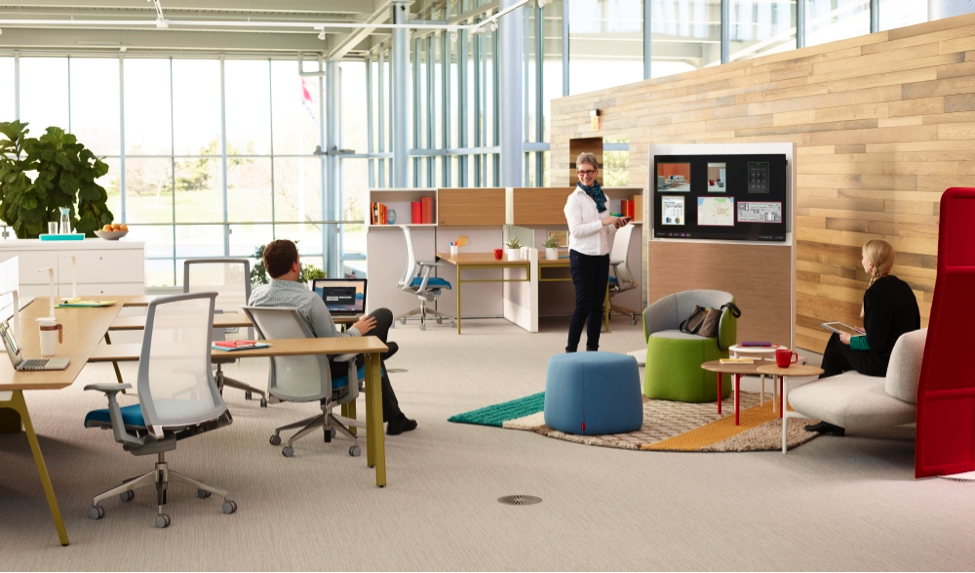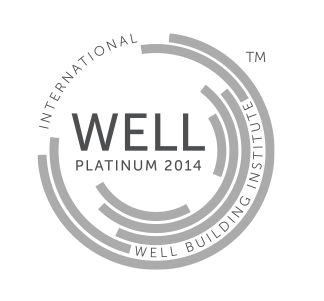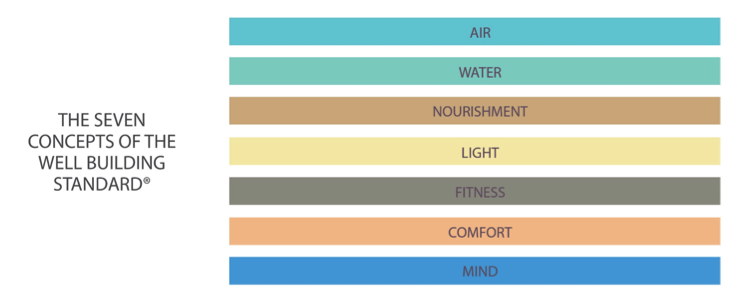 The way society looks at health and wellness is changing in many avenues. Gone are the days of seeing your doctor once a year, living your life, and addressing problems as they arise. Initiatives like the Affordable Care Act and increased knowledge about prevalent illnesses like diabetes and heart disease are changing the way people and businesses view overall health and wellness.
The way society looks at health and wellness is changing in many avenues. Gone are the days of seeing your doctor once a year, living your life, and addressing problems as they arise. Initiatives like the Affordable Care Act and increased knowledge about prevalent illnesses like diabetes and heart disease are changing the way people and businesses view overall health and wellness.
The scientific consensus is that the busy, modern office worker lifestyle helps contribute to the problems that affect working-age people today. Workplace stress, the sedentary life of a white-collar worker, and the related weight gain contribute to the increase in illnesses. From a business perspective, employers have also begun to understand the value and importance of primary care for workers. According to the Harvard Business Review, every dollar spent towards employees’ well-being leads to six dollars worth of health-care related savings.
Want to learn more about the WELL Standard? Sign up for our CEU being held on July 11!
What is the WELL Standard and how does it Affect Me?
 If the first step for businesses is to recognize that they must make an investment geared towards employee health, then the second step is for them to figure out how to make that investment. While some improvements are common sense, like having more natural light in an office, others can be less easy to understand how to implement, such as “productivity zone distribution.” Since most companies aren’t in the business of office design, they don’t need to know or understand these investments beyond how it impacts them.
If the first step for businesses is to recognize that they must make an investment geared towards employee health, then the second step is for them to figure out how to make that investment. While some improvements are common sense, like having more natural light in an office, others can be less easy to understand how to implement, such as “productivity zone distribution.” Since most companies aren’t in the business of office design, they don’t need to know or understand these investments beyond how it impacts them.
This is where WELL Certification comes in. WELL building standard is a framework for components of office design that businesses should incorporate if they wish to focus on employee health and wellness. The framework covers seven focus areas that contribute to significantly greater employee health, wellness, engagement, and productivity. Designers, architects, and builders that embrace the WELL framework can guide a business to build a true office space of the future.
The 7 Concepts of the WELL Building Standard
The overarching goal of the WELL building standard is to improve worker health. Reducing workplace stress, creating more physical activity, and eliminating the sit-down-for-8-hour lifestyle is what the seven factors of WELL design tackle in different ways. Together, these factors help improve workers’ lives:

- Air – Air quality is an important factor of health. Many companies are adopting widely accepted health moves, like implementing a smoking ban to ensure particulate matter is filtered out and investing in proper filtration systems and furnishings that combat dust and dirt—which help a workplace smell clean and keeps people healthy.
- Water – Drinking water daily is an important health factor. Therefore, providing clean water to your employees is key to helping them stay healthy. Whether it’s the water itself or the physical activity of getting up to get it multiple times a day, it is important to provide quality drinking water access to your staff.
- Nourishment – Even if your office doesn’t include an on-site cafe, you can still meet some portion of these requirements. In general, providing healthy, natural options is the idea behind the nourishment focus. Be sure to offer foods that have no added sugars, which can help your team eliminate unhealthy snacking and ensure employees stay fit.
- Light – Light is a critical factor in office health. Lighting conditions contribute to many things like sleep, seasonal effective disorder, melatonin management, and mood. Proper design funneling light into the right spaces is important for worker health. Designing the right amounts of light into the correct spaces is important for workers to feel balanced during the day.
- Fitness – Studies show that 10,000 steps during the day is better for you than 30 minutes of brisk exercise. Designing spaces that facilitate movement but still allow for productivity is a great way to improve the fitness of employees. Implementing new ideas like wider stairways that allow people to meet and connect, or installing a cafe a short walk away can help employees get moving.
- Comfort – No matter what steps are taken to build a modern office, some time at a desk is always necessary. Therefore, it is important to help create a comfortable environment for employees at their desk space. Creating a quieter environment with noise-absorbing materials and providing comfortable chairs—even if they may be a bigger investment—provides significant returns in employee productivity.
- Mind – Mental well-being is a crucial factor in this equation. Providing employees spaces to see each other and collaborate fosters a sense of being on a team. Alternatively, giving them the space to be alone for a spell and meditate helps get them centered and back on track. Finally, providing art features or relaxing distractions such as a water feature helps an employee’s mental health.



The WELL building standard is one of the ways a business can look to become a business of the future. Knowing it is important to invest in the wellness of your employees is only the first step. Taking the time to adopt a recognized, awarded standard and hiring a firm that understands these requirements is the smart way to move your corporate space forward. Contact us at King Business Interiors today to discover how we can help implement the WELL building standard in your office space.



